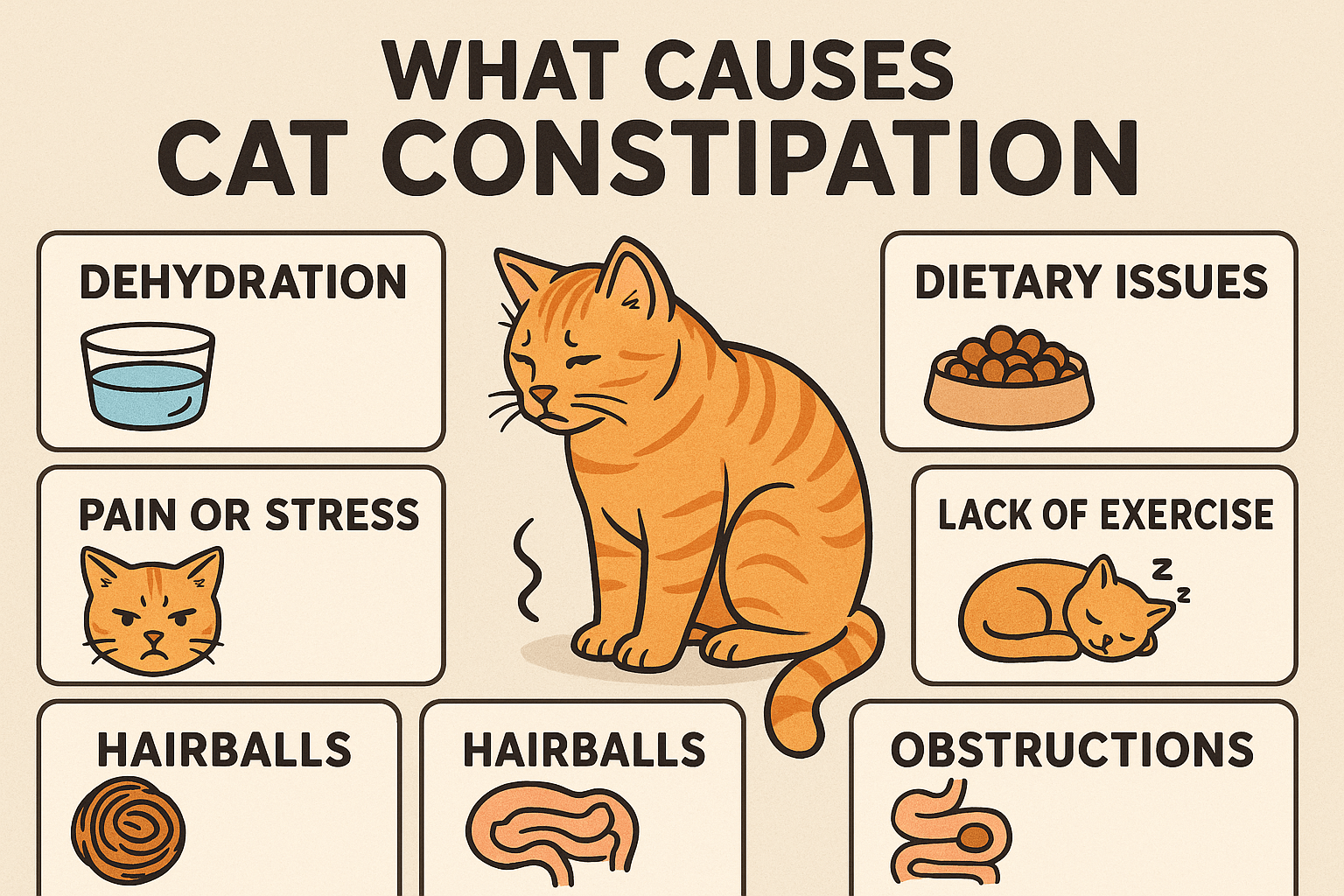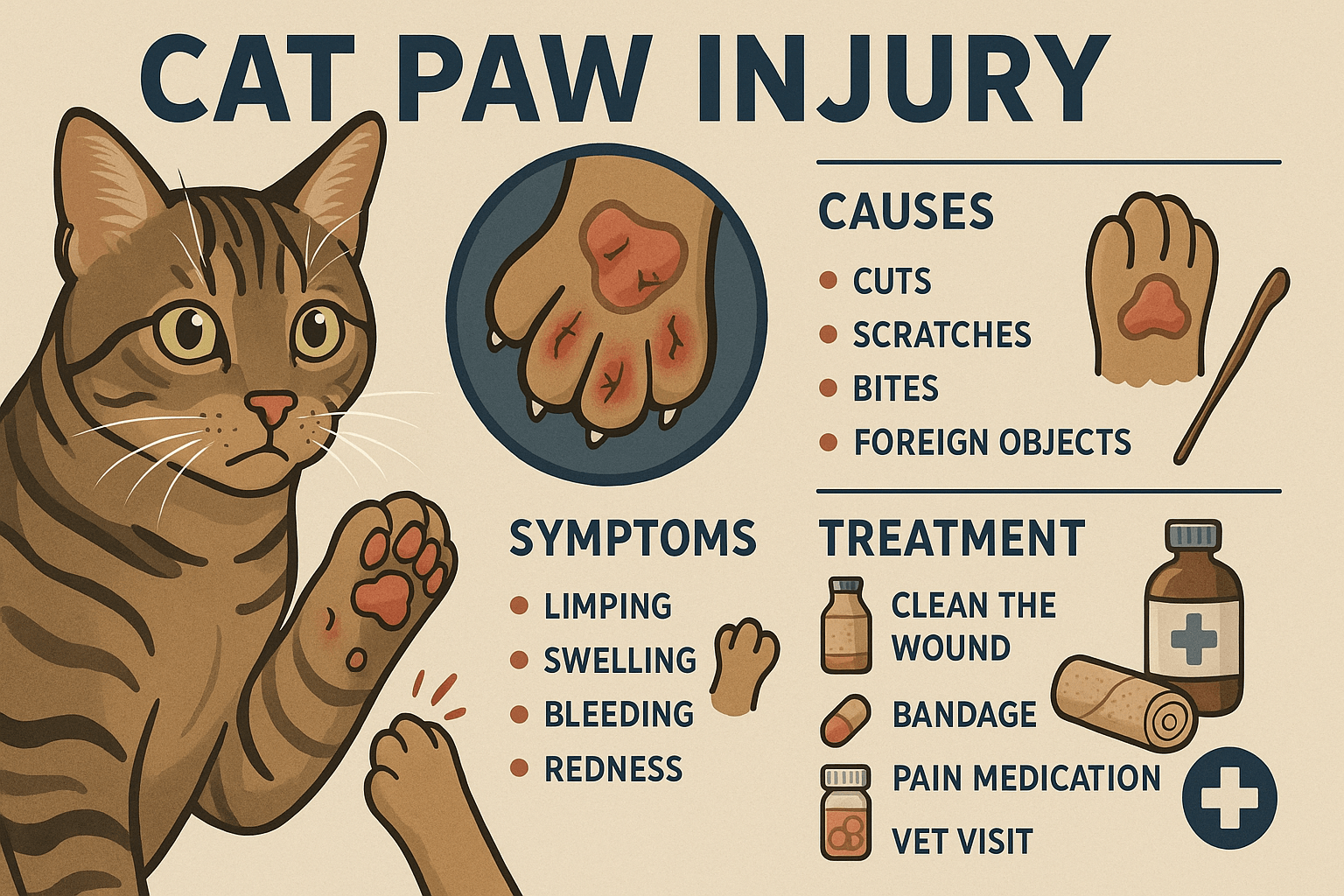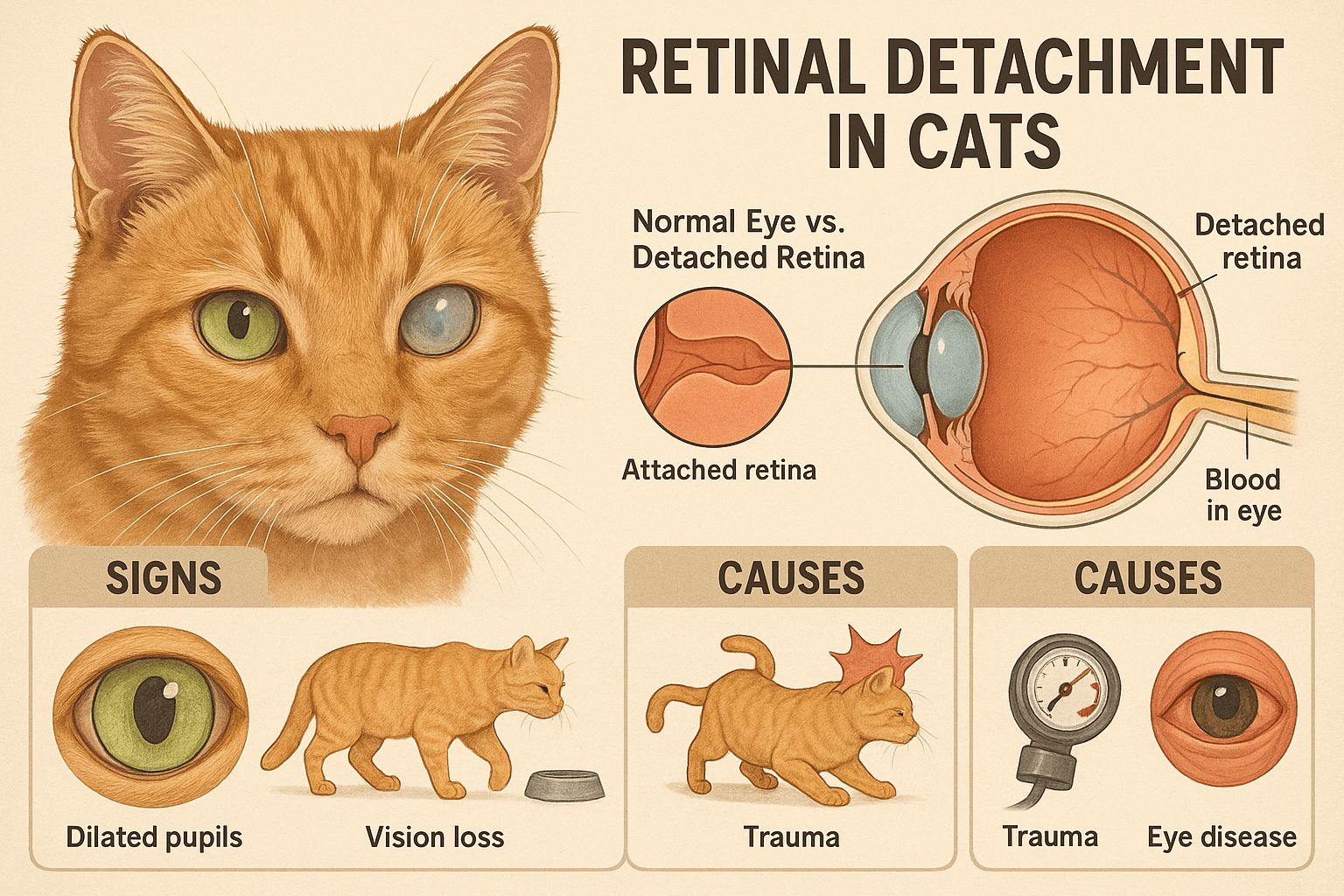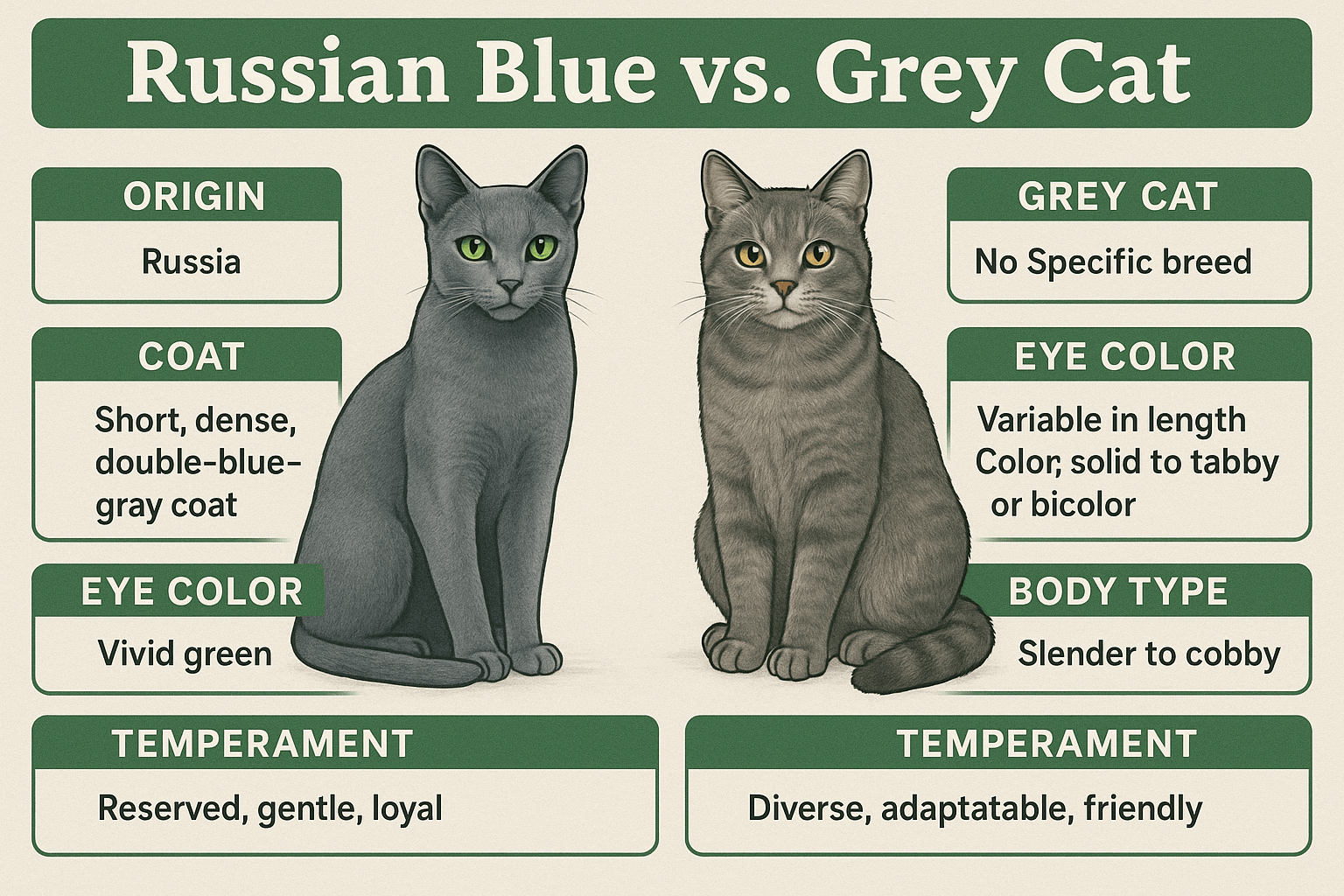Is Cat Drool Harmful to Humans? Unraveling the Mystery
Cats are beloved companions, known for their playful antics and soothing purrs. However, one aspect of feline behavior that often raises questions is their drooling. While it’s common to see a cat drool when they’re relaxed or kneading, many pet owners wonder whether this drool poses any risks to humans. Could there be hidden dangers lurking in those seemingly harmless slobbers? In this blog post, we’ll explore the potential health implications of cat drool, address common concerns, and provide practical advice to ensure both you and your furry friend stay safe and healthy.
What’s in Cat Drool? Understanding the Basics
Before diving into whether cat drool is harmful, let’s break down what exactly is in your cat’s saliva. Knowing the components can help us better understand the potential risks.
Cat saliva contains enzymes that aid in digestion and help keep their mouths clean.
It also harbors bacteria, some of which are unique to cats and not typically found in humans.
Proteins in cat saliva can trigger allergic reactions in sensitive individuals.
Certain viruses, such as the feline calicivirus, may be present in saliva but are generally species-specific.
Saliva can carry zoonotic pathogens, which are capable of transmitting diseases between animals and humans.
Understanding these elements is crucial in assessing the potential risks associated with cat drool. While most interactions with your cat are perfectly safe, being aware of these factors can help you take preventive measures.
Potential Health Risks of Cat Drool: What You Need to Know
While cat drool is usually harmless, there are specific scenarios where it could pose a risk to humans. Let’s examine the potential dangers and how they might affect you.
Cat Scratch Disease : Caused by the bacterium Bartonella henselae, this infection can spread through saliva if it enters an open wound.
Pasteurella Multocida : A common bacteria in cat saliva that can lead to skin infections if transmitted through bites or scratches.
Toxoplasmosis : While not directly linked to drool, cats can shed Toxoplasma gondii in their feces, which might indirectly affect humans.
Allergic Reactions : Some people may experience skin irritation or respiratory issues due to proteins in cat saliva.
Ringworm : A fungal infection that can spread through direct contact with infected saliva or skin.
These risks highlight the importance of maintaining good hygiene when interacting with your cat. By staying informed, you can minimize potential health hazards while continuing to enjoy your pet’s company.
Check this guide 👉Why Is My Cat Drooling When I Pet Him? Best 7 Expert Tips!
Check this guide 👉Why Does My Cat Drool So Much? Best 7 Expert Tips!
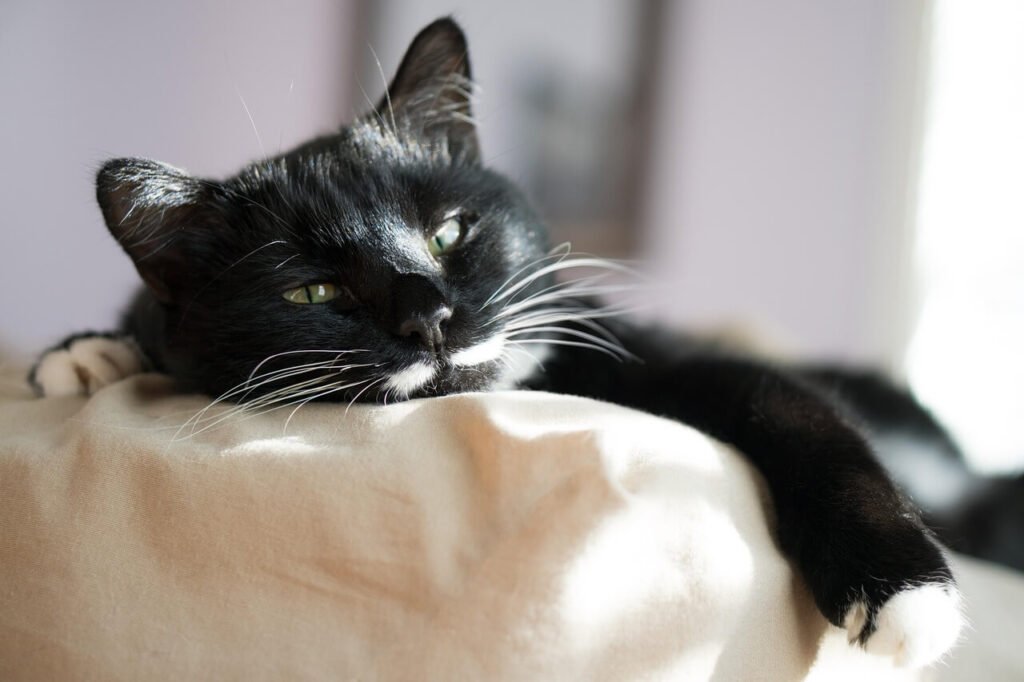
Health Risks | Preventive Measures |
|---|---|
Cat Scratch Disease | Wash hands after handling cats; avoid rough play. |
Pasteurella Multocida | Clean bite or scratch wounds immediately. |
Allergic Reactions | Use hypoallergenic cleaning products; wash fabrics regularly. |
Toxoplasmosis | Avoid cleaning litter boxes if pregnant; wear gloves. |
Ringworm | Keep your cat’s living area clean; consult a vet for signs of infection. |
How to Minimize Risks: Practical Tips for Cat Owners
If you’re concerned about the potential risks of cat drool, there are several steps you can take to protect yourself and your family. Here are some practical tips:
Wash Your Hands Regularly : Always wash your hands after petting or playing with your cat, especially before eating.
Avoid Contact with Open Wounds : Ensure that your cat doesn’t lick areas of broken skin, cuts, or scrapes.
Keep Your Cat Healthy : Schedule regular vet check-ups to monitor your cat’s oral and overall health.
Clean Toys and Accessories : Regularly sanitize your cat’s toys, food bowls, and bedding to reduce bacterial buildup.
Educate Family Members : Teach children and other household members about safe interactions with pets.
By incorporating these habits into your daily routine, you can significantly reduce the chances of encountering health issues related to cat drool.
When to Seek Medical Attention: Recognizing Warning Signs
While most interactions with your cat are safe, certain symptoms may indicate a need for medical attention. Be vigilant and look out for the following warning signs:
Redness or Swelling : If you notice redness, swelling, or pain around a bite or scratch, seek medical care promptly.
Fever or Fatigue : Unexplained fever or fatigue after contact with cat saliva could signal an infection.
Rash or Itching : Persistent rashes or itching may indicate an allergic reaction.
Prolonged Symptoms : If symptoms like pain or discharge persist for more than a few days, consult a healthcare professional.
Difficulty Breathing : Severe allergic reactions can cause breathing difficulties, requiring immediate medical intervention.
Recognizing these signs early can prevent complications and ensure timely treatment if necessary.
What Are Zoonotic Diseases, and How Do They Relate to Cat Drool?
Zoonotic diseases are infections that can be transmitted between animals and humans. While most cat owners don’t need to worry about these illnesses, it’s helpful to know which ones could potentially be linked to cat drool. Here’s a breakdown of some key zoonotic diseases:
Toxoplasmosis : Although primarily spread through feces, improper hygiene after handling cats can indirectly lead to exposure.
Salmonellosis : Cats can carry Salmonella bacteria in their mouths, which may transfer through saliva if proper hygiene isn’t maintained.
Campylobacteriosis : This bacterial infection can be found in the saliva of cats with gastrointestinal issues.
Cat Scratch Fever : Caused by Bartonella henselae, this disease can spread through saliva entering a wound or scratch.
Rabies : Though rare in vaccinated pets, rabies is a deadly virus that can be transmitted through saliva in unvaccinated animals.
Understanding these zoonotic diseases helps you stay vigilant and take necessary precautions to protect yourself and your family.
How Can Routine Veterinary Care Reduce Risks from Cat Drool?
Regular vet visits play a crucial role in keeping your cat healthy and minimizing potential risks associated with their saliva. Here are some ways routine care makes a difference:
Dental Check-Ups : Vets can identify oral health issues that might increase harmful bacteria in your cat’s saliva.
Vaccinations : Keeping your cat up-to-date on vaccines prevents the spread of serious diseases like rabies.
Parasite Control : Treatments for fleas, ticks, and worms reduce the likelihood of infections that could affect saliva composition.
Early Detection of Infections : Regular screenings can catch illnesses early, ensuring timely treatment before they become serious.
Behavioral Assessments : Vets can provide insights into behaviors like excessive drooling, which may indicate underlying health concerns.
By prioritizing regular vet visits, you’re not only safeguarding your cat’s health but also reducing any risks their drool might pose to you.
How Can You Manage Risks in Homes with Multiple Pets?
In households with multiple pets, managing interactions becomes even more critical to prevent cross-contamination or accidental exposure to harmful substances. Here are some safe practices to consider:
Separate Food and Water Bowls : Avoid sharing bowls between pets to minimize bacterial transfer.
Monitor Playtime : Keep an eye on interactions to prevent bites or scratches that could introduce saliva into wounds.
Clean Shared Spaces Regularly : Disinfect areas where pets spend time together to reduce bacterial buildup.
Quarantine Sick Pets : Isolate pets showing signs of illness to prevent the spread of infections.
Educate Everyone in the Household : Ensure all family members understand safe practices when interacting with pets.
With these strategies in place, multi-pet households can maintain a harmonious and hygienic environment for both humans and animals alike.
Frequently Asked Questions About Cat Drool
Can I get sick from my cat licking me?
While rare, there is a small risk of infection if cat saliva comes into contact with an open wound or mucous membranes.
Is cat drool dangerous for pregnant women?
Cat drool itself isn’t directly harmful, but pregnant women should avoid exposure to Toxoplasma gondii, which can be present in cat feces.
How can I tell if my cat has unhealthy saliva?
Look for signs like bad breath, excessive drooling, or changes in eating habits, and consult a vet if you notice anything unusual.
Should I stop my cat from licking me?
It’s generally fine unless you have open wounds or allergies. Setting boundaries can help minimize risks.
Are all bacteria in cat saliva harmful?
No, many bacteria in cat saliva are harmless to humans, but some can cause infections under specific conditions.
Final Thoughts: Enjoying Life with Your Feline Friend
In conclusion, cat drool is generally not harmful to humans, but understanding its potential risks allows us to take proactive steps to ensure safety. By practicing good hygiene, staying informed about possible health risks, and seeking prompt medical attention when needed, you can continue to cherish the bond you share with your furry companion without worry. Remember, knowledge is power—so arm yourself with the facts and enjoy every moment with your beloved pet!
What Causes Cat Constipation? Best 7 Expert Tips! Discover common causes, symptoms, and solutions for cat constipation to keep your feline healthy and comfortable.
Cat Paw Injury: Best 7 Expert Tips! Discover essential advice on identifying, treating, and preventing cat paw injuries to keep your feline friend healthy and happy.
Retinal Detachment in Cats: Best 7 Expert Tips! Learn to identify symptoms, understand causes, and explore treatment options to protect your cat’s vision effectively.
Russian Blue vs Grey Cat: Best 7 Expert Tips! Discover key differences, unique traits, and expert advice to help you choose between a Russian Blue and a generic grey cat for your perfect feline companion.


